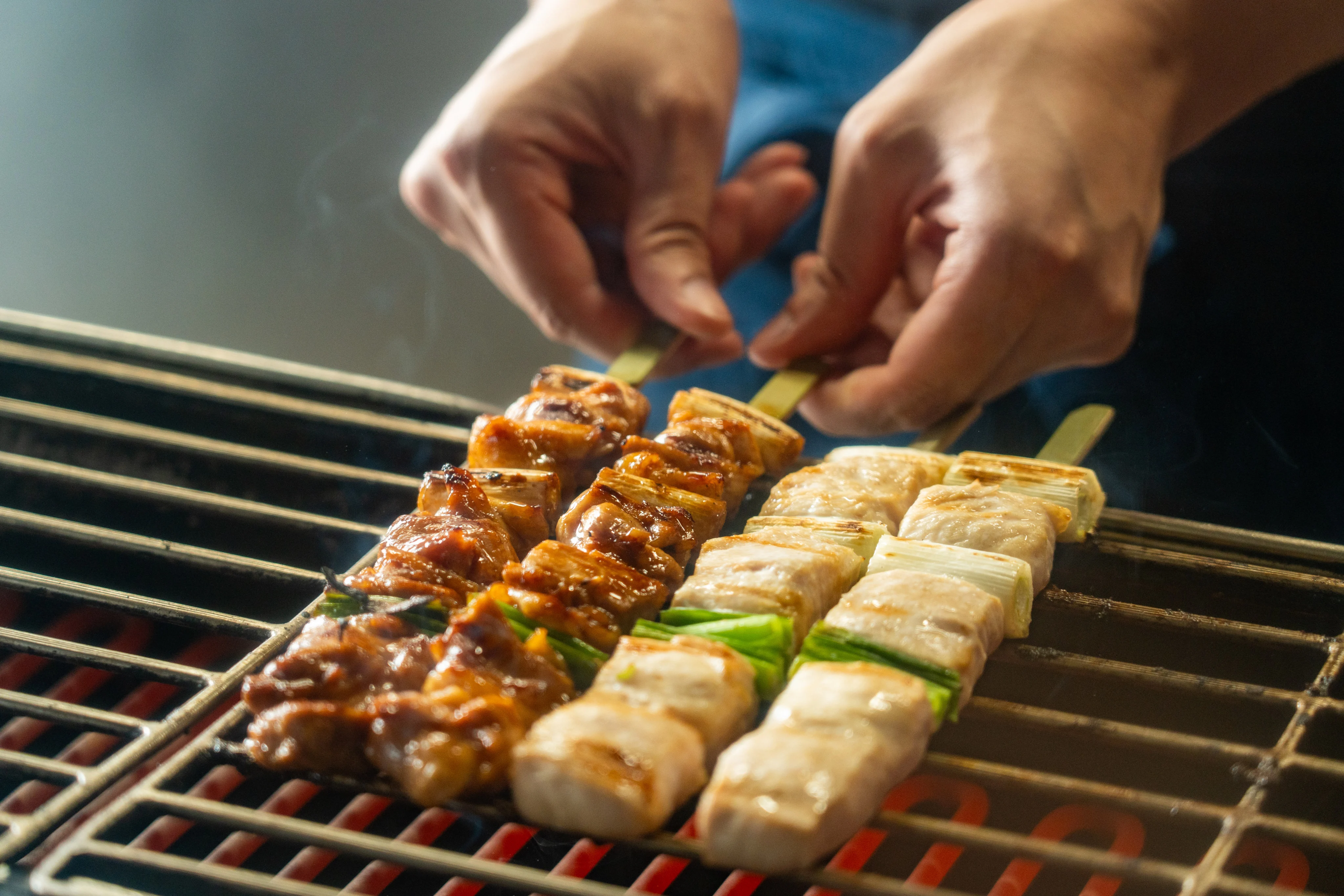Copyright scmp

Students, white-collar workers and families filled the tables during a recent dinner rush at a branch of Saizeriya – a Japanese-owned chain of Italian restaurants – in the southern Chinese city of Guangzhou. In the same shopping district, a queue stretched outside a Sushiro conveyor belt sushi restaurant at 8pm. “We waited two hours for a seat, but it was worth it,” said one diner. Such scenes present a contrast to China’s generally sluggish catering market, with analysts saying that budget Japanese restaurant chains such as Saizeriya, Sushiro and Torikizoku are thriving in a deflationary economic environment by exporting their recession-tested formula of low prices and standardised operations to provide an “affordable dignity” to customers in uncertain times. “This combination of affordability and dignity perfectly fits consumers’ psychological needs during the ongoing economic downturn – they want to save money but also dine decently,” said David Wong, a management lecturer at Hang Seng University of Hong Kong and a long-time independent observer of China’s economic and social changes. “Through central kitchens, meticulous Japanese-style supply chain management and standardised workflows, these brands achieve a balance between low-cost operations and high customer retention.” Saizeriya’s latest menu offers black pepper beef tomato pasta for 14 yuan (US$1.97), stewed mussels for 22 yuan, and grilled chicken thighs for 19 yuan. The Torikizoku grilled chicken-skewer chain implements the same uniform pricing system it uses in Japan at its Shanghai stores, charging 18 yuan per dish or drink. By comparison, average spending per diner at a Sichuan hotpot restaurant in China can exceed 100 yuan. Industry insiders said the Japanese chains’ low prices offer emotional value along with affordability. “Many working families love dining at Saizeriya – it offers a sense of Western food freedom even in hard times,” said Crystle Chiang, an investor in a high-end restaurant in Guangzhou. “Even though I run upscale restaurants, mine can’t deliver that feeling.” Consumers’ enthusiasm is evident on Chinese social media platforms. One Beijing resident commented on WeChat: “This is a meal that lets working people shed all their stress and enjoy good food – unbeatable value!” Another post, by a young Shanghai mother, said: “We go a few times every month – the tuna salad, spaghetti bolognese, and meat sauce doria are my baby’s favourites.” And a customer in eastern China’s Zhejiang province said: “Last time we filled a whole table for just 150 yuan – incredible deal.” Economists have repeatedly warned of deflationary pressures in China, with domestic and foreign brands having to rethink their pricing strategies. Per the National Bureau of Statistics, the consumer price index – a leading indicator of inflation or deflation – fell 0.3 per cent in September, with factory-gate prices down 2.3 per cent, signalling weak demand in the world’s second-largest economy. In August, the CPI fell 0.4 per cent year on year. In Japan, Sushiro and Torikizoku were among the few success stories observed during the country’s “lost decades” of economic stagnation, beginning in 1991. That year, Sushiro – founded in 1984 – rose to prominence with its “100 yen per plate” model. Torikizoku, founded in 1985, captured the market with skewers averaging 280 yen. Its price structure remains budget-friendly; now, more than 30 years later, each Torikizoku menu item is only 390 yen (US$2.56). Deflation works in our favour Tadashi Okura, Torikizoku Those deflation-era models are now being replicated in China, with similar success and plans for expansion. In August, Torikizoku founder Tadashi Okura said it planned to open 100 stores in Shanghai, Japan’s Nihon Keizai newspaper reported. “Deflation works in our favour,” Okura was quoted as saying, citing the rapid expansion of fellow Japanese budget chains such as Saizeriya and Hama Sushi in China. Saizeriya plans to double its China outlets from 500 to 1,000 by 2035. To support its expansion, the company will open a US$30 million plant in Guangzhou next year to further localisation. Food & Life Companies, the parent of Sushiro, has raised its full-year profit forecast, supported by a 68 per cent surge in operating profit over the first nine months of the year – largely driven by overseas performance. The company aims to expand its overseas restaurant network from 200 to about 320 by next year, with most of the new outlets in China. Gift Holdings, the operator of the Machida Shoten ramen noodle chain, plans to triple its overseas stores to 100 by 2028. The company aims to open 30 to 50 outlets in China, pricing its menu about 10 per cent lower than in Japan, Nihon Keizai reported last month. However, analysts cautioned such aggressive expansion may not be sustainable. Wong of Hang Seng University said that as store numbers surge, maintaining quality while balancing costs and profits will determine whether such brands can survive China’s deflationary environment in the long run. Local dining brands could rapidly emulate the Japanese model, he said, leading to an even fiercer price war.



